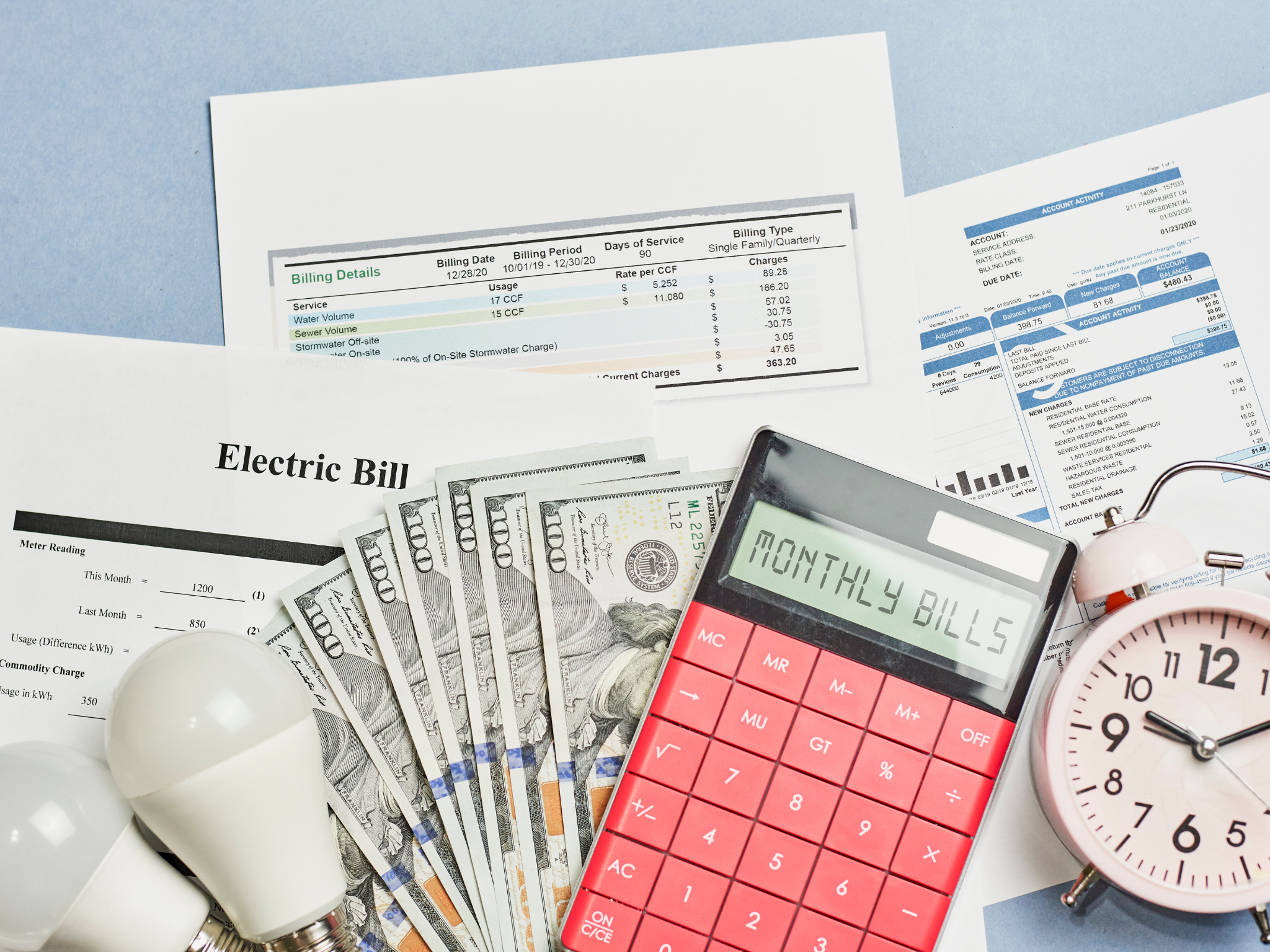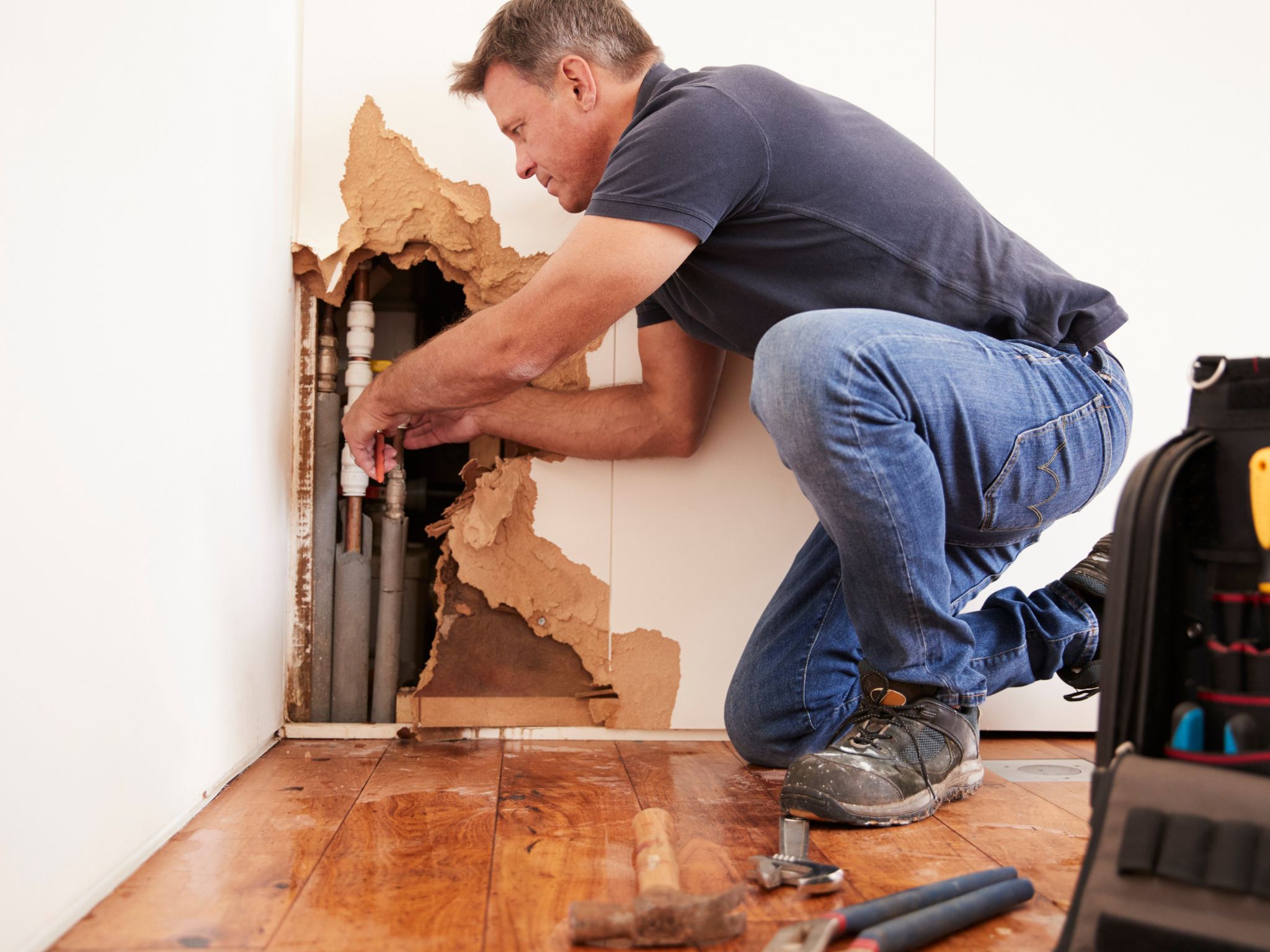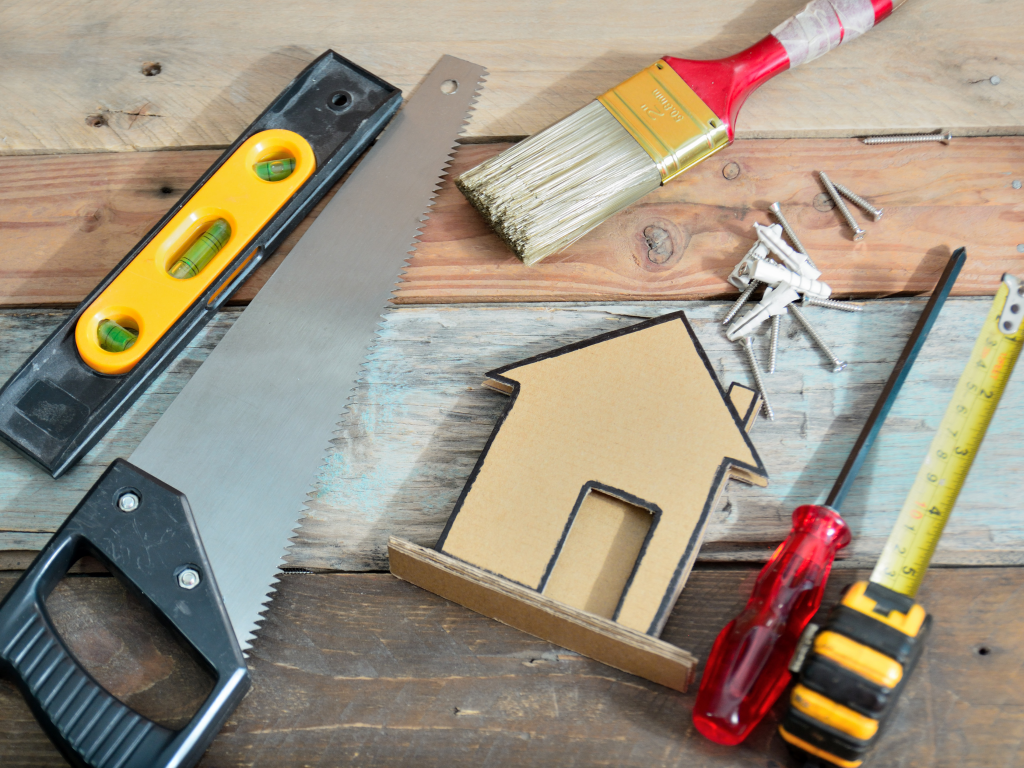As a landlord, maintaining your rental property is not just about keeping it attractive and functional; it’s also a legal obligation. Ensuring that your property is safe and habitable is crucial for tenant satisfaction and compliance with local laws. In this comprehensive guide, we will explore the key responsibilities landlords have for repairs, with expert insights from Albert Dweck of Duke Properties. We’ll cover everything from routine maintenance to handling emergency repairs, providing you with the knowledge you need to manage your rental properties effectively.
The Legal Framework: Implied Warranty of Habitability
One of the fundamental principles governing landlord responsibilities is the implied warranty of habitability. This legal doctrine requires landlords to maintain their rental properties in a condition fit for human habitation. This means that the property must meet basic living and safety standards, which can vary by state and local regulations1.
Key Responsibilities of Landlords
-
Structural Repairs
Landlords are responsible for maintaining the structural integrity of the rental property. This includes ensuring that the foundation, walls, roof, and other structural elements are in good repair. Any issues such as leaks, cracks, or structural damage must be addressed promptly to prevent further deterioration and ensure tenant safety2.
-
Essential Systems and Utilities
Landlords must ensure that essential systems and utilities are functioning properly. This includes:

- Plumbing: Ensuring that all plumbing fixtures, pipes, and drains are in good working order.
- Electrical Systems: Maintaining safe and functional electrical wiring, outlets, and fixtures.
- Heating and Cooling: Providing adequate heating and, in some states, cooling systems.
- Water Supply: Ensuring a reliable supply of hot and cold water3.
-
Health and Safety Measures
Landlords are required to take measures to ensure the health and safety of their tenants. This includes:
- Smoke Detectors: Installing and maintaining smoke detectors in accordance with local laws.
- Carbon Monoxide Detectors: In some jurisdictions, landlords must also provide carbon monoxide detectors.
- Pest Control: Addressing pest infestations promptly to prevent health hazards4.
Routine Maintenance vs. Emergency Repairs
Understanding the difference between routine maintenance and emergency repairs is crucial for effective property management.
Routine Maintenance
Routine maintenance involves regular upkeep tasks that prevent major issues from arising. This includes:
- Inspecting and servicing HVAC systems: Regularly checking heating and cooling systems to ensure they are functioning efficiently.
- Checking plumbing and electrical systems: Conducting periodic inspections to identify and fix minor issues before they become major problems.
- Maintaining common areas: Keeping shared spaces clean and in good repair2.
Emergency Repairs
Emergency repairs are urgent issues that pose an immediate threat to tenant safety or property integrity. These include:

- Burst pipes: Addressing water leaks or burst pipes immediately to prevent water damage.
- Electrical hazards: Fixing exposed wiring or electrical malfunctions that could cause fires or electrocution.
- Heating failures: Repairing heating systems promptly, especially during cold weather3.
Insights from Albert Dweck of Duke Properties
Albert Dweck, the CEO of Duke Properties, has extensive experience in the real estate industry. Under his leadership, Duke Properties has grown significantly, focusing on multifamily properties in the New York metropolitan area. According to Dweck, proactive maintenance and clear communication with tenants are key to successful property management.
“At Duke Properties, we prioritize regular maintenance and timely repairs to ensure our properties remain safe and comfortable for our tenants. Clear communication and prompt action are essential in addressing any issues that arise,” says Dweck.
Tenant Responsibilities
While landlords have significant responsibilities, tenants also play a role in maintaining the rental property. Tenants are generally responsible for:
- Minor Repairs: Handling small repairs such as changing light bulbs or unclogging drains caused by their use.
- Basic Cleaning: Keeping their living spaces clean to prevent pest infestations and maintain a healthy environment.
- Reporting Issues: Informing the landlord promptly about any repair needs or potential hazards4.
Handling Repair Requests
Effective communication and prompt response to repair requests are crucial for maintaining a positive landlord-tenant relationship. Here are some best practices:
-
Establish Clear Communication Channels
Ensure that tenants know how to report repair issues. Provide multiple contact methods, such as phone, email, or an online maintenance portal.
-
Respond Promptly
Acknowledge receipt of repair requests quickly and provide an estimated timeline for addressing the issue. Prompt responses show tenants that you take their concerns seriously.
-
Document Everything
Keep detailed records of all repair requests, actions taken, and communications with tenants. This documentation can be invaluable in case of disputes or legal issues.
Legal Considerations
Landlords must comply with state and local laws regarding repairs and maintenance. Failure to do so can result in legal consequences, including fines, lawsuits, or loss of rental income. Here are some key legal considerations:
-
Notice Requirements
Most states require landlords to provide reasonable notice before entering a rental unit for repairs. Typically, 24 to 48 hours’ notice is considered reasonable, except in emergencies1.
-
Tenant Remedies
If a landlord fails to make necessary repairs, tenants may have several legal remedies, including:
- Withholding Rent: In some states, tenants can withhold rent until repairs are made.
- Repair and Deduct: Tenants may be allowed to make the repairs themselves and deduct the cost from their rent.
- Constructive Eviction: If the property becomes uninhabitable, tenants may be able to terminate the lease and move out without penalty3.
Preventive Maintenance Strategies
Implementing preventive maintenance strategies can help landlords avoid costly repairs and ensure tenant satisfaction. Here are some tips:
-
Regular Inspections
Conduct regular inspections of the property to identify and address potential issues before they become major problems. This includes checking for leaks, inspecting HVAC systems, and ensuring that safety devices are functioning properly.
-
Seasonal Maintenance
Perform seasonal maintenance tasks, such as cleaning gutters, servicing heating systems before winter, and checking air conditioning units before summer.
-
Tenant Education
Educate tenants about their responsibilities and how to properly maintain the property. Provide guidelines for reporting issues and encourage tenants to notify you promptly about any repair needs.
Conclusion
Understanding landlord responsibilities for repairs is essential for effective property management and maintaining positive landlord-tenant relationships. With insights from Albert Dweck of Duke Properties, it’s clear that proactive maintenance, clear communication, and compliance with legal requirements are key to successful property management. By following the guidelines outlined in this article, landlords can ensure their properties remain safe, habitable, and attractive to tenants, ultimately protecting their investment and fostering tenant satisfaction.
